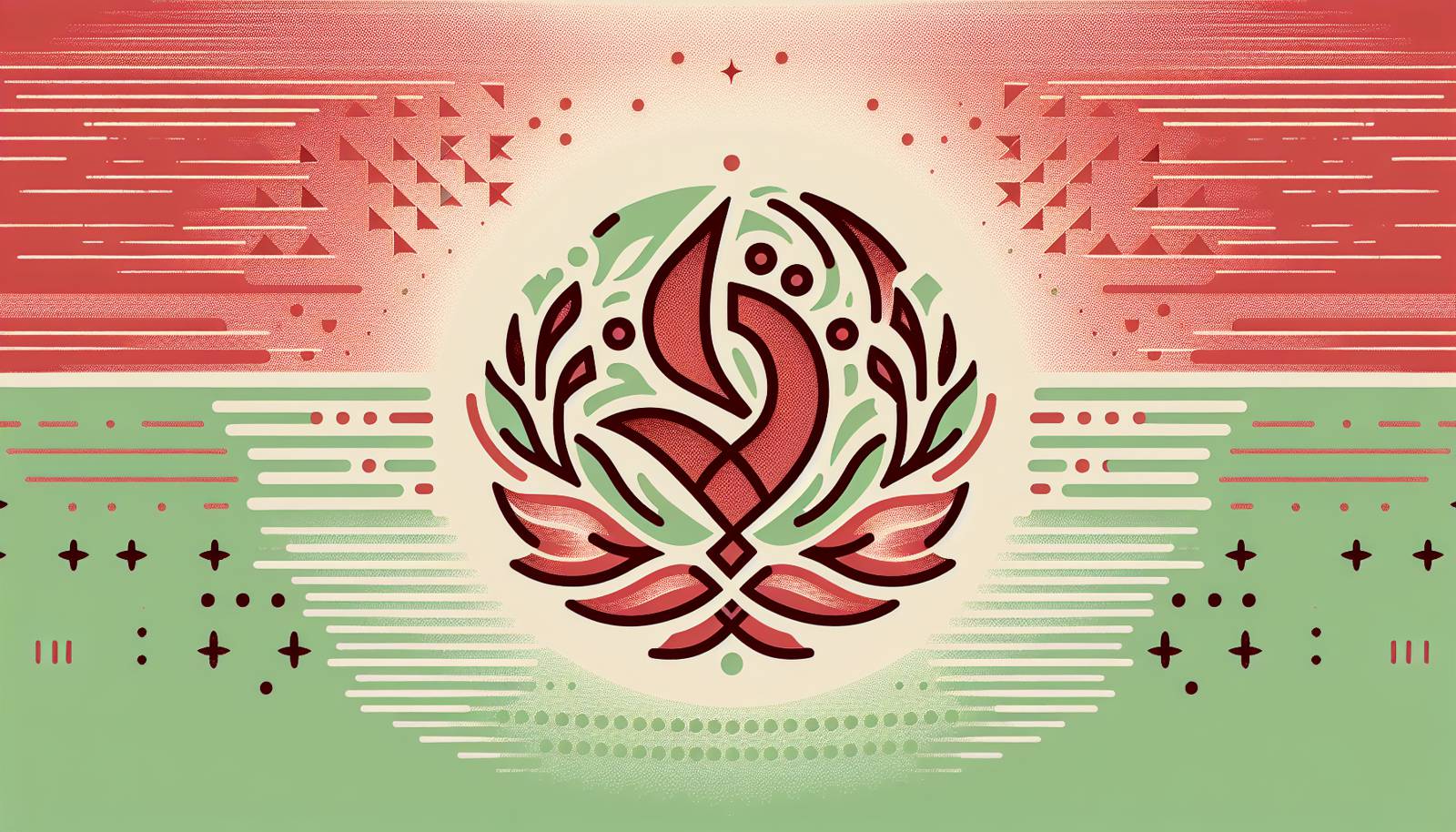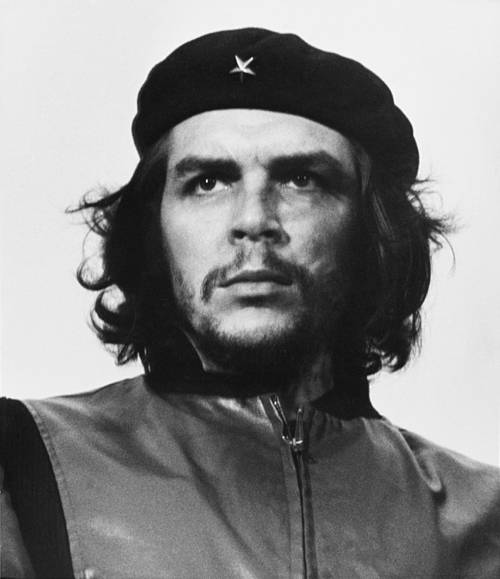
FAQ About Che Guevara

Who was Che Guevara?
Che Guevara, originally named Ernesto Guevara, was an Argentine Marxist revolutionary, physician, author, guerrilla leader, and military theorist. He was a major figure in the Cuban Revolution and became a symbol of rebellion and leftist ideology. He was born in 1928 and died in 1967.

What role did Che Guevara play in the Cuban Revolution?
Che Guevara was a key player in the Cuban Revolution, serving as a physician, soldier, and strategist. He joined Fidel Castro’s 26th of July Movement and played vital roles in major battles, contributing significantly to the overthrow of the Batista regime in 1959. After the revolution, he held influential positions in the Cuban government.

Why is Che Guevara considered a symbol of rebellion?
Che Guevara is considered a symbol of rebellion due to his staunch anti-imperialist and revolutionary beliefs. He advocated for armed struggle against imperialism and capitalism, which resonated with many around the world seeking social and economic change. His image, notably captured in Alberto Korda's famous photograph, became globally emblematic of resistance and rebellion.

What were Che Guevara's beliefs and ideologies?
Che Guevara was a committed Marxist-Leninist who believed in the necessity of armed revolution to overthrow capitalist systems. He championed the rights of the poor and oppressed, advocating for socialist reforms, economic redistribution, and anti-imperialist policies to create an equitable society.

How did Che Guevara die?
Che Guevara was captured and executed by the Bolivian Army in 1967. He had been leading a guerrilla campaign in Bolivia when he was captured with the assistance of the CIA. His execution was carried out on October 9th, 1967, in the town of La Higuera, Bolivia.

What is the significance of Che Guevara's image?
Che Guevara's image, particularly the one taken by photographer Alberto Korda, has become a universal symbol of rebellion and anti-establishment sentiments. The iconic portrait, known as "Guerrillero Heroico," is one of the most reproduced images in history and represents a figure of idealist revolutionary fervor.

Did Che Guevara write any books?
Yes, Che Guevara wrote several works, including "The Motorcycle Diaries," which documents his early travels across South America, "Guerrilla Warfare," which provides a guide to revolutionary tactics, and "Reminiscences of the Cuban Revolutionary War," detailing his experiences in the Cuban Revolution.

What were Che Guevara's contributions to Cuba after the revolution?
After the Cuban Revolution, Che Guevara was appointed to several significant positions, including head of the National Bank of Cuba and Minister of Industries. He worked on reshaping Cuba's economy along socialist lines, promoting industrialization and educational reforms. Guevara was instrumental in forging Cuba's foreign relations, particularly its ties with the Soviet Union.

How is Che Guevara viewed in Latin America today?
Che Guevara is viewed with mixed sentiments in Latin America today. While many see him as a hero who fought for justice and social equality, others criticize his support for violent revolutions and disregard for democratic processes. His legacy continues to inspire leftist movements across the continent.

What was the "Motorcycle Diaries" about?
"The Motorcycle Diaries" is a memoir by Che Guevara that recounts his early travels across South America with his friend Alberto Granado. The journey profoundly impacted Guevara, highlighting the widespread poverty and social injustices on the continent, which influenced his revolutionary philosophies.

Why did Che Guevara leave Cuba after the revolution?
Che Guevara left Cuba to foster revolutions in other nations, believing his ideological mission was not confined to Cuba alone. He first traveled to the Congo and later to Bolivia, where he sought to inspire uprisings against oppressive regimes across the globe by exporting the model of the guerrilla revolution successful in Cuba.

What impact did Che Guevara have on global revolutionary movements?
Che Guevara had a substantial impact on global revolutionary movements, inspiring leftist insurgencies and anti-imperialist struggles worldwide. His writings on guerrilla warfare provided a strategic framework for many subsequent revolutions in Latin America, Africa, and beyond, affirming his enduring influence on global revolutionary ideologies.

Was Che Guevara a doctor?
Yes, Che Guevara earned a medical degree from the University of Buenos Aires in 1953. Though trained as a physician, he soon immersed himself in political activism and revolutionary activities, applying his medical skills primarily during his early revolutionary engagements, such as during his time with Cuban rebels in the Sierra Maestra mountains.

What is "Guerrilla Warfare" by Che Guevara?
"Guerrilla Warfare" is a book written by Che Guevara in 1961. It serves as a manual for guerrilla fighters, outlining strategies and tactics for conducting warfare against established military powers and emphasizing the importance of support from local populations in achieving revolutionary goals.

How did Che Guevara's actions influence Cuba's economic policies?
Che Guevara was influential in shaping Cuba's post-revolutionary economic policies. As Minister of Industries, he aimed to reduce Cuba's dependency on sugar exports by diversifying its economy, promoting industrialization, and implementing central planning inspired by Soviet models. However, these policies were met with mixed results and challenges.

Is Che Guevara celebrated as a hero internationally?
Internationally, Che Guevara is celebrated by many as a hero and an icon of resistance and anti-imperialism. However, others criticize his methods and the violent means he endorsed for achieving political ends. His legacy is multifaceted, viewed as both inspirational and controversial across different cultural and political spheres.

What are some controversies surrounding Che Guevara?
Controversies surrounding Che Guevara include his endorsement of armed struggle and dictatorial practices. Critics argue that he bypassed democratic values by supporting authoritarian regimes and personally sanctioned executions for political consolidation. These actions are contrasted with his idealistic goals, creating a polarizing legacy.

Where can one find Che Guevara's writings?
Che Guevara's writings are widely available and can be found in bookstores, libraries, or online platforms like Amazon and Project Gutenberg. Notable works include "The Motorcycle Diaries," "Guerrilla Warfare," and "The African Dream," which provide insights into his philosophies and revolutionary experiences.

How has Che Guevara been represented in popular culture?
Che Guevara has been widely represented in popular culture through films, books, music, and art. His image is featured as a symbol of rebellion on t-shirts, posters, and merchandise. Films like "The Motorcycle Diaries" and "Che" have dramatized his life and contributions, further mythologizing his legacy.

What was Che Guevara's involvement in Bolivia?
Che Guevara attempted to ignite a guerrilla uprising in Bolivia to replicate the success of the Cuban Revolution. He operated in the Bolivian jungles with a small group of fighters but faced immense challenges and lack of local support. His campaign ultimately failed, leading to his capture and execution in 1967.
